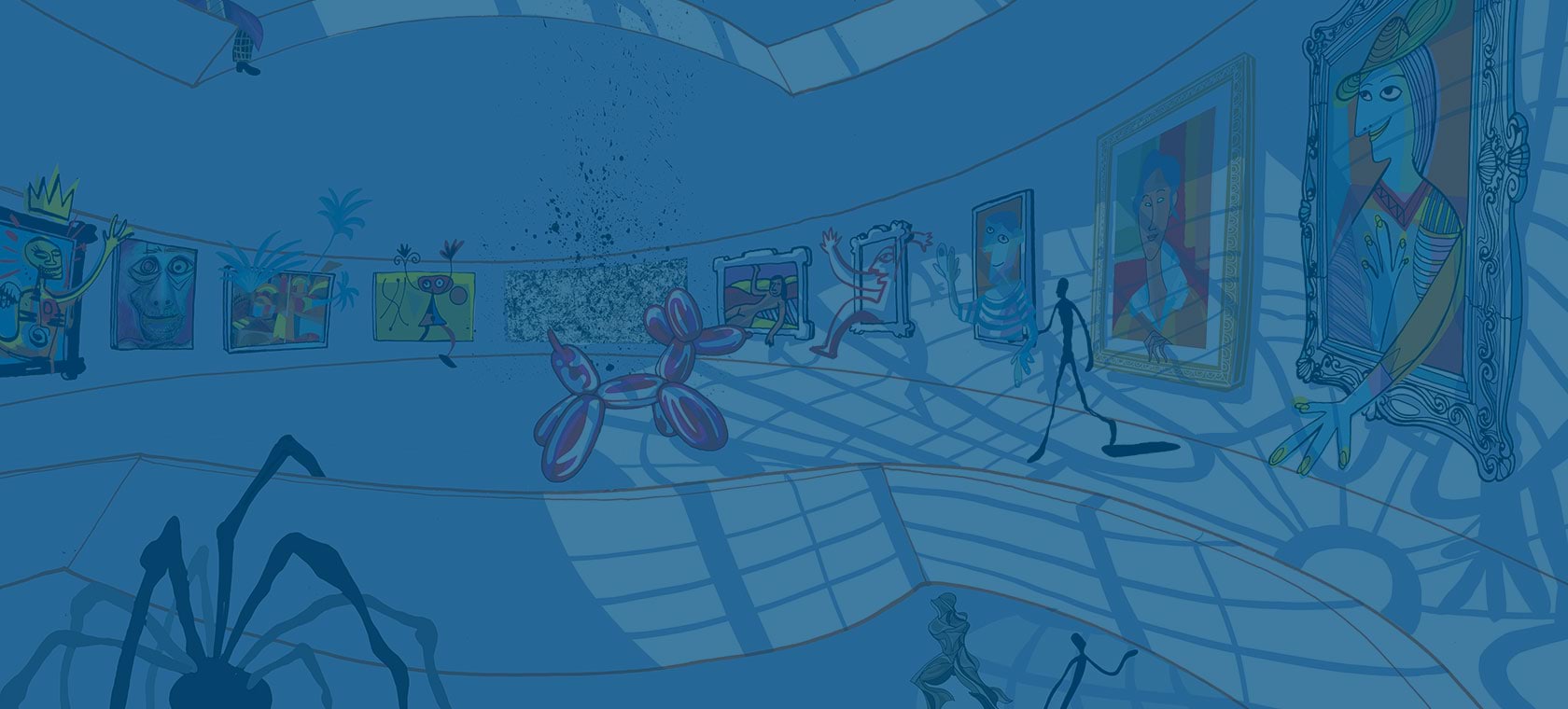
We began suspecting something else was amiss early in 2006. When it was closed to the public in the evening, a group of people would ever more often be standing there without as much as a glance our way. They kept touching the walls, taking small core samples, inspecting the building’s structural parts, noses even wrinkled every now and again.
We started worrying. So, a couple of Kandinskijs called over two custodians, the ones with the sullen look that makes you think they sing Ochi chyornye at Christmas. Anyway, Russian emigrès always see eye to eye. They were nearly speechless when they found out. So were we. The Guggenheim had problems. Little they were not. The six-storey building on Fifth Avenue Wright designed with its signature spiral ramp - you know, the museum even non-art lovers go to visit in New York - was not at all well. Cracks caused by seeping penetration of carbon dioxide, oxygen and water had formed, deteriorating even its skin.
Something had to be done. We all got together that night, as we’re wont to do when on for a chat. This time was different.
The Rousseaus, Braques, Picassos, Légers, Mondrians, Klees, Pollocks and all the others were worried too. Each showed it in a different way. Colours flared, lines swelled. But no one had yet come up with an idea when canvassed.
Then the Modiglianis and Burris spoke up. “We know of an Italian company. It’s got a subsidiary here in the States called Mapei Corporation. We can count on them. They’re Italian too. Let’s get them in.”
The decision to hire Mapei was approved by the museum’s board and foundation and by New York-based Integrated Conservation Resources. The work was soon under way. The task was formidable. Mapei brought in Planitop X, Elastocolor Rasante, Mapefer, Mapelastic, to name just the big trouble-shooters.
The upshot? Amazing. Two years of work ensued and by 2009 the museum was as good as new. You’re probably wondering how a collection of paintings managed to convince the Guggenheim’s board to award the contract to Mapei. Easy. Art communicates. It’s always got something to say. It speaks to everyone. People have ears, too.
* Mapei was established in 1937 for the manufacture and installation of wall coatings. It initially began exporting products and know-how to Spain and France and then landed in North America. With its pioneering firms in the use of reinforced-concrete for the building trades, the latter is one of the most important and coveted markets in the construction industry.
